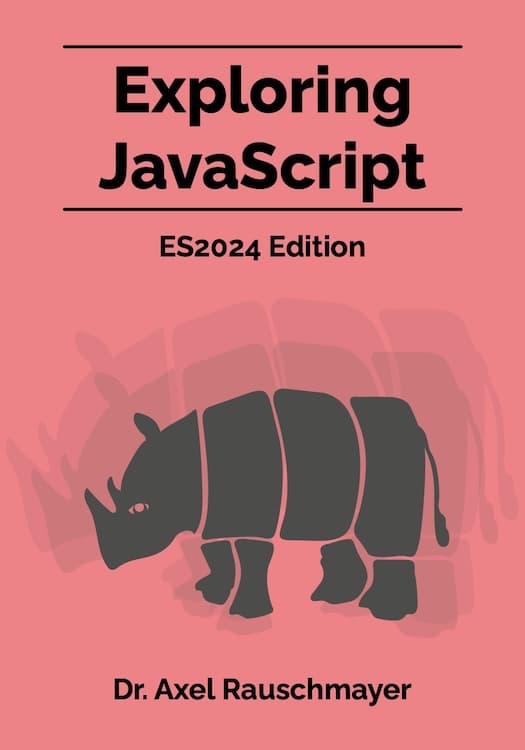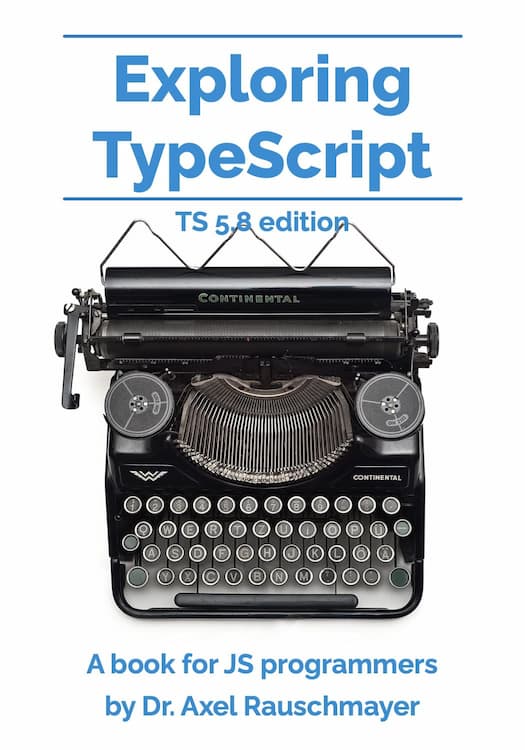[Web dev for beginners] Package managers
This blog post is part of the series “Web development for beginners” – which teaches people who have never programmed how to create web apps with JavaScript.
To download the projects, go to the GitHub repository learning-web-dev-code and follow the instructions there.
I’m interested in feedback! If there is something you don’t understand, please write a comment at the end of this page.
In this chapter, we install a package manager. That gives us access to all kinds of software.
What is a package manager?
A software package contains functionality for an operating system – e.g., a new shell command. As the name implies, a package manager helps us manage packages: We can install new packages, list which packages are installed, uninstall packages, etc. These are a few popular package managers:
- Windows: WinGet
- MacOS: Homebrew
- Linux has a variety of package managers. You need to find out which one works best with your distribution.
An important shell command: curl
When working with HTTP(S), there is one very useful shell command: curl. It may already be installed on your operating system. You can check like this:
curl -h
If you don’t get an error message then curl is already installed.
Installing curl via a package manager
This is how you can install curl:
- WinGet: cURL.cURL
- Homebrew:
curl - Other ways of installing
curl
Using curl
Let’s quickly try out curl. The simplest way is to use it as follows: It downloads a resource from the web and prints it to the terminal:
curl https://example.com
curl has many more features. Check curl.se for more information.





